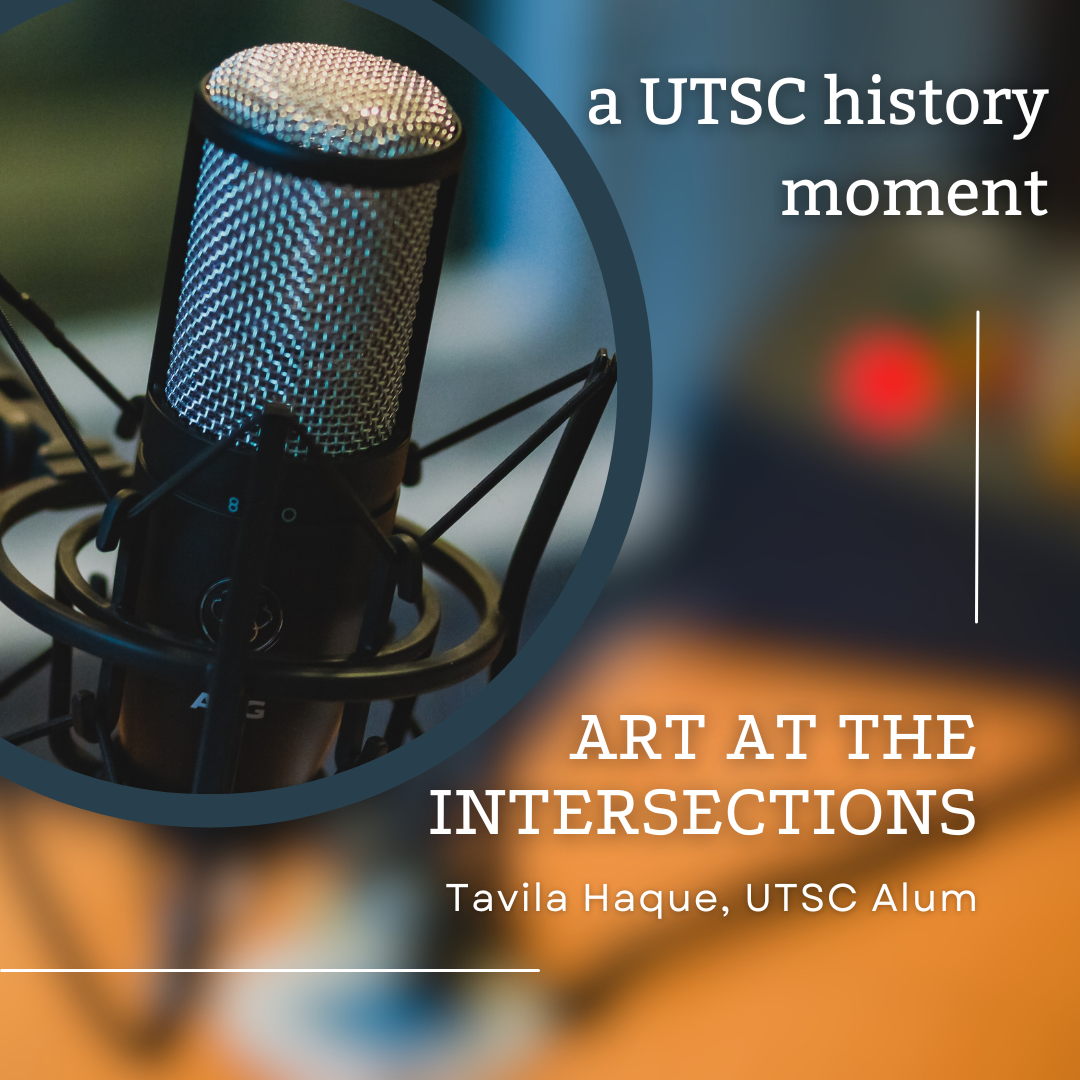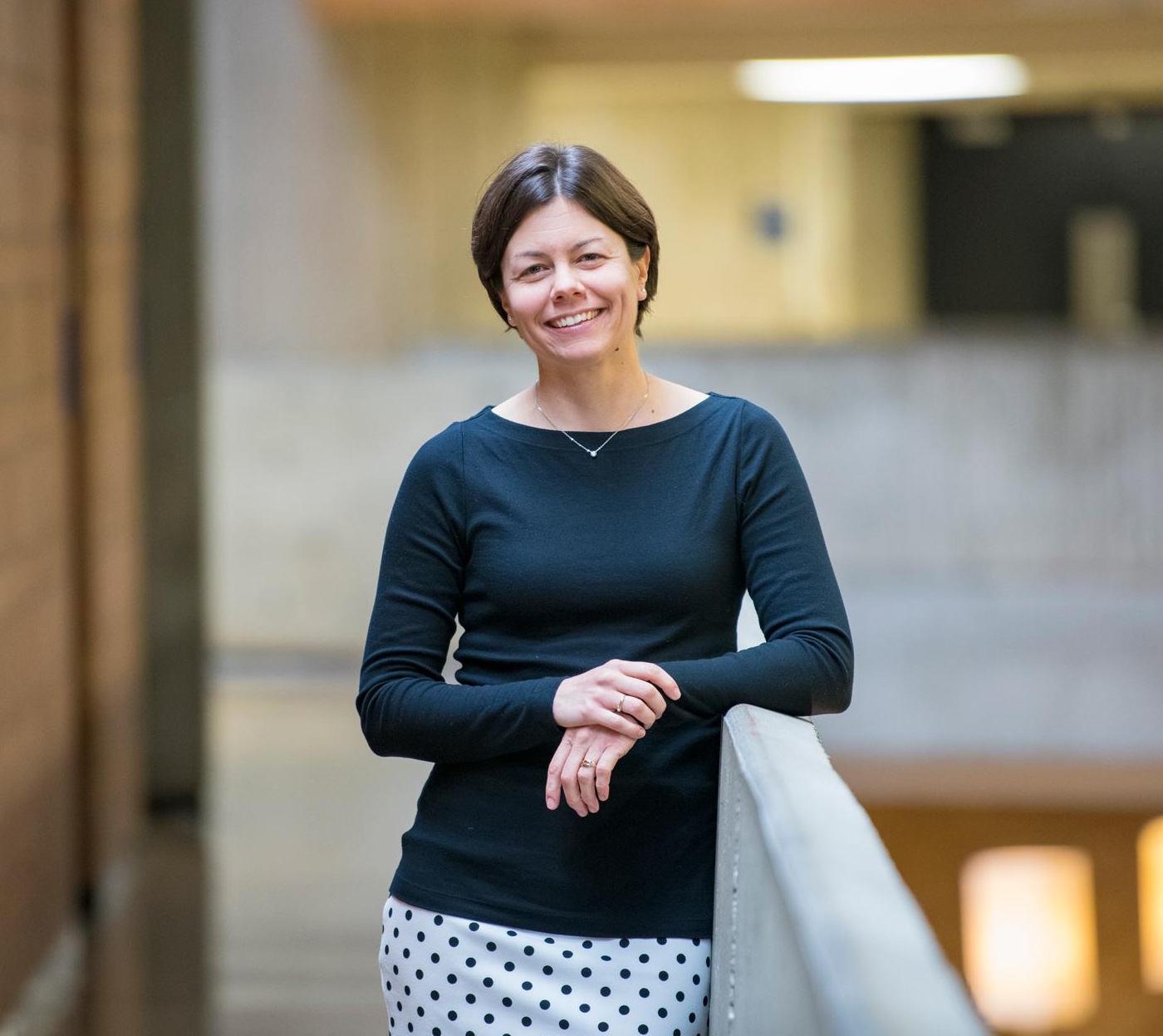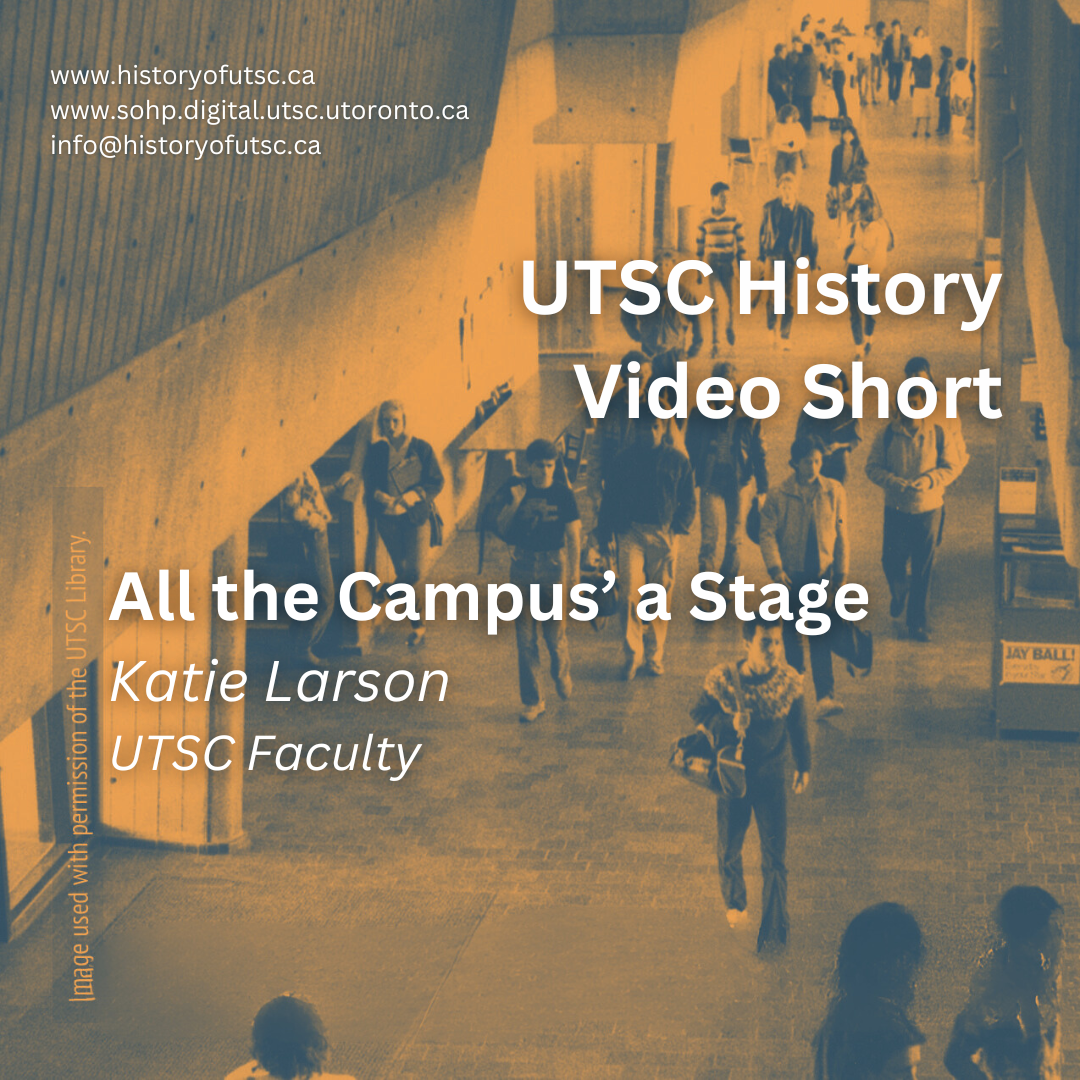Do you recognize the landscape presented in the aerial photograph presented above? No? Take a closer look. Give up? This is an aerial landscape shot of Highland Creek community and campus land prior to Scarborough College’s construction in 1964 (photograph courtesy of the Scarborough Historical Society and Archives). With a current student population of nearly 13,000 and seemingly endless new building projects, it might be difficult to imagine a time in which our campus and surrounding neighbourhood was so sparsely populated. Yet, for those who venture into the quiet of the valley or visit the Miller Lash house, you may often consider a time before 1964…
The campus property pictured below was purchased from insurance broker E.L. McLean. Utilized for his personal residence, the sprawling 375-acre estate featured a large bungalow (first built by its previous owner Miller Lash in 1911), farmland, and had the steady stream of the Highland Creek flowing throughout the property (The Scarborough Mirror 2013; University of Toronto Scarborough). As the aerial photograph indicates, the few residential properties in the surrounding Highland Creek community certainly reflected the rural landscape of the McLean estate. How many properties can you count? As one long-time Highland Creek resident reflected about the early community in a 2019 oral history interview, “Highland Creek? Wasn’t anything there. No apartment buildings, no townhouses, was a very quiet community” (Rick and Meredyth 2019). While by 1964, the majority of Toronto’s population had begun to move out of the metropolitan and settle in the suburban fringes of the city (in fact Toronto’s 1964 suburban population was reported to be 1,033, 728 — while the total Toronto population was reported at 1,677,708), Highland Creek apparently remained a small community (Might’s Greater Toronto City Directory 1964, III).
The community pictured here appears to have been sleepy, pastoral, and picturesque. In fact Scarborough College’s second Principal, A.F.W. Plumptre, envisioned the university’s move to Highland Creek as an opportunity for a stimulating academic experience– one that recovered the experience of academics from an earlier time; one in touch and reliant upon their natural surroundings. Quoting Shakespeare, Plumptre remarked, “we shall indeed find tongues in trees, books in running brooks…” (Plumptre 1965). Yet, it is important not to romanticize the community experience; Highland Creek community was also woven into the larger social fabric of the township of Scarborough. In particular, by the 1950s, the Highland Creek became a site for environmental activism; the community was very much confronted by flooding concerns after the wake of Hurricane Hazel in 1954 and involved in conservation efforts. The Metropolitan Toronto and Region Conservation Authority was especially active in the community. In the years following the 1954 flood, the Authority had acquired a number of damaged and uninhabitable properties located in the Highland Creek Valley to develop the land in a way that was conductive to flood prevention and general conservation of the Rouge Valley (and by 1963 the Authority had developed much of their property for public recreational use) (The Metropolitan Toronto and Region Conservation Authority 1963).
How would the arrival of the University of Toronto in Highland Creek reshape this community? Stay tuned for our next blog which will discuss the details of the University of Toronto’s purchase of campus property…
Bibliography
1958. “Highland Creek Flood Project Approval Asked.” The Globe and Mail, May 9, 1958, p. 23.
2013. “Miller Lash House Centennial, Highland Creek Festival Celebrations Slated.” The Scarborough Mirror, June 6, 2013.
n.d. “The Miller Lash House.” About Us: University of Toronto Scarborough. https://www.utsc.utoronto.ca/aboutus/miller-lash-house-0.
n.d. “Timeline.” About Us: University of Toronto Scarborough. https://www.utsc.utoronto.ca/aboutus/historical-timeline.
Plumptre., A.F.W. 1965. “Scarborough College Council: Opening Meeting of 1965-66 Session.” A.F.W. Plumptre Collection, file 009-1-2, “University Records.” University of Toronto Scarborough Library, Archives & Special Collections. https://discoverarchives.library.utoronto.ca/index.php/university-records.
1964. Might’s Greater Toronto City Directory. Toronto: Might’s Directories Limited.
The Metropolitan Region Conservation Authority. 1963. “A Brief to the Board of Governors of the University of Toronto re the Highland Creek Valley and the McLean Estate.” University of Toronto Scarborough Library, Archives & Special Collections. UTSC Archives Legacy Collection, File 002-E-8-2-4. https://discoverarchives.library.utoronto.ca/index.php/metropolitan-toronto-and-region-conservation-authority.
Berkowitz, Christine, Jennifer Tran, Azreen Sikder. 2019. “Interview with Meredyth Schofield and Rick.” Oral history conducted by Christine Berkowitz, Jennifer Tran, and Azreen Sikder, Scarborough Oral History Project, University of Toronto Scarborough. https://ark.digital.utsc.utoronto.ca/ark:/61220/utsc10681.





